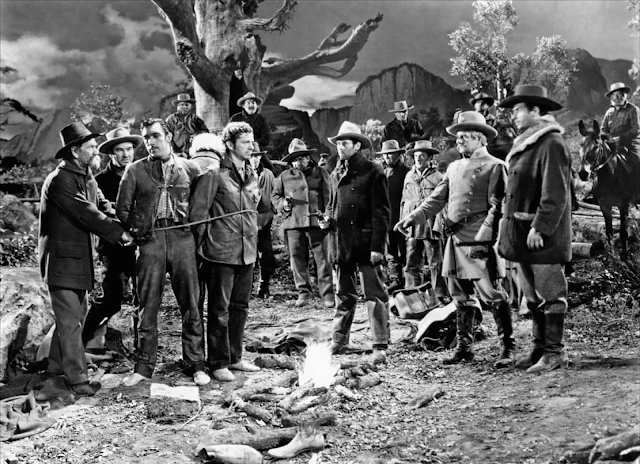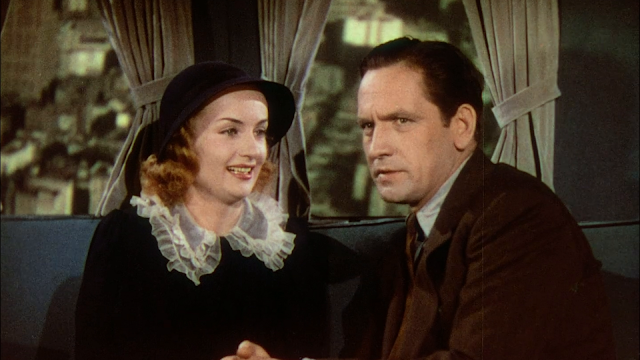The Ox-Bow Incident (1943)

William A. Wellman's "The Ox-Bow Incident" After director William A. Wellman read Water Van Tilburg Clark's 1940 novel " The Ox-Bow Incident ," he wanted to adapt it into a film. The story of the novel and film was relatively simple. A group of townspeople in 1885 Nevada track down men they believe to be cattle rustlers who recently murdered a rancher. Rather than bring them back for trial, the townspeople want to have them hanged immediately. After the hanging, it is discovered that the three men were actually innocent. The film depicts how far mob mentality can go.



